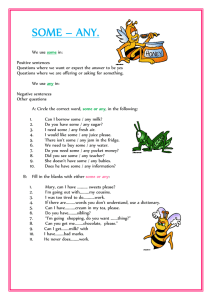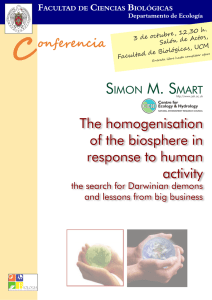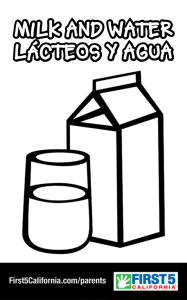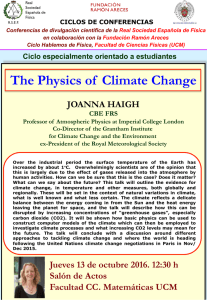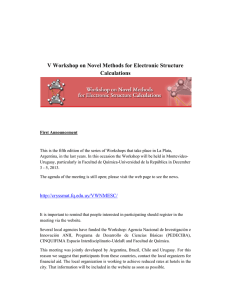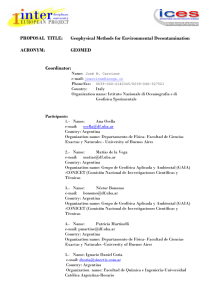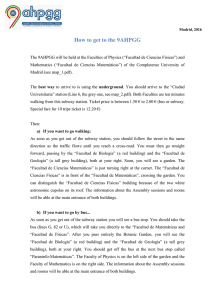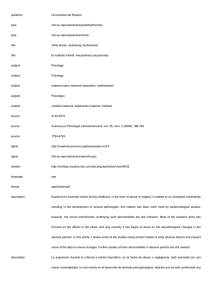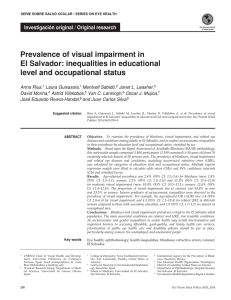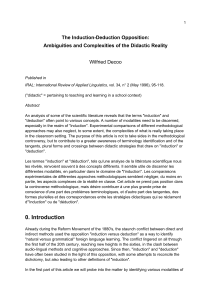Title: Choice blindness for consumer evaluation of milk desserts: An
Anuncio
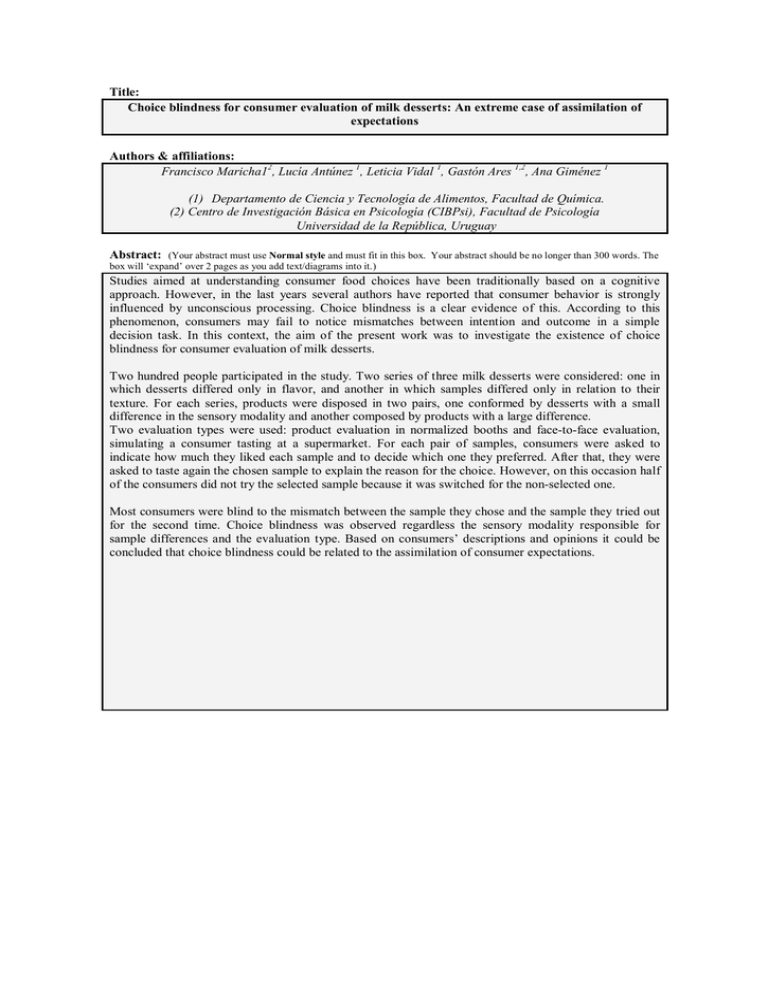
Title: Choice blindness for consumer evaluation of milk desserts: An extreme case of assimilation of expectations Authors & affiliations: Francisco Maricha12, Lucía Antúnez 1, Leticia Vidal 1, Gastón Ares 1,2, Ana Giménez 1 (1) Departamento de Ciencia y Tecnología de Alimentos, Facultad de Química. (2) Centro de Investigación Básica en Psicología (CIBPsi), Facultad de Psicología Universidad de la República, Uruguay Abstract: (Your abstract must use Normal style and must fit in this box. Your abstract should be no longer than 300 words. The box will ‘expand’ over 2 pages as you add text/diagrams into it.) Studies aimed at understanding consumer food choices have been traditionally based on a cognitive approach. However, in the last years several authors have reported that consumer behavior is strongly influenced by unconscious processing. Choice blindness is a clear evidence of this. According to this phenomenon, consumers may fail to notice mismatches between intention and outcome in a simple decision task. In this context, the aim of the present work was to investigate the existence of choice blindness for consumer evaluation of milk desserts. Two hundred people participated in the study. Two series of three milk desserts were considered: one in which desserts differed only in flavor, and another in which samples differed only in relation to their texture. For each series, products were disposed in two pairs, one conformed by desserts with a small difference in the sensory modality and another composed by products with a large difference. Two evaluation types were used: product evaluation in normalized booths and face-to-face evaluation, simulating a consumer tasting at a supermarket. For each pair of samples, consumers were asked to indicate how much they liked each sample and to decide which one they preferred. After that, they were asked to taste again the chosen sample to explain the reason for the choice. However, on this occasion half of the consumers did not try the selected sample because it was switched for the non-selected one. Most consumers were blind to the mismatch between the sample they chose and the sample they tried out for the second time. Choice blindness was observed regardless the sensory modality responsible for sample differences and the evaluation type. Based on consumers’ descriptions and opinions it could be concluded that choice blindness could be related to the assimilation of consumer expectations.
